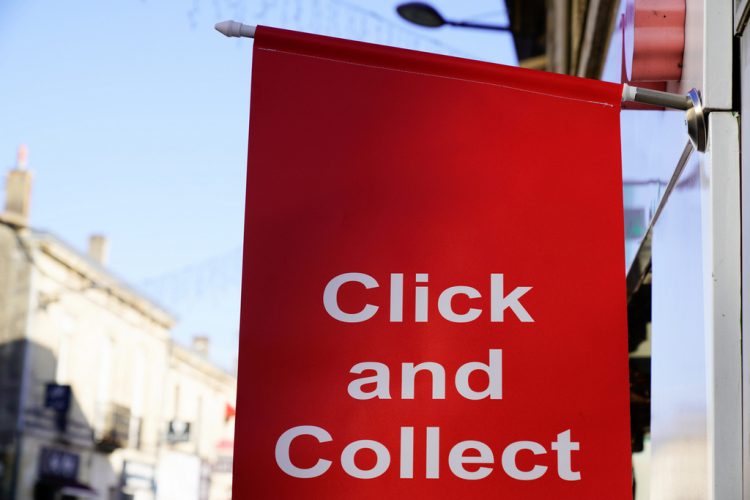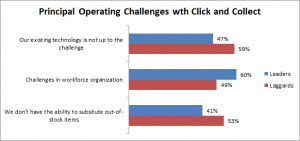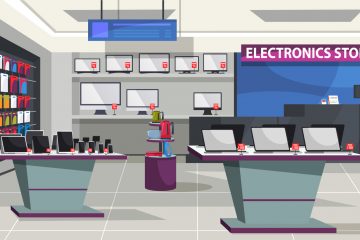The challenges with Click and Collect

Faced with a consumer who wants to reduce contact and prefers to buy online, Click and Collect has emerged as an attractive alternative for those who cannot or do not want to wait for the delivery person and are looking for more flexible options that better adapt to their lifestyle.
Despite being a delivery option that was already entering the market, the pandemic has accelerated its implementation, surprising many retailers who have seen how the technology they used was not ready for this new market need.
According to a study carried out by Retail System Research, 53%% of retailers have encountered obstacles when implementing a Click and Collect system due to not having a technological platform that was prepared for it.

The difference in the ease of adapting their platform between “leading” retailers (those that manage to increase their sales more than the industry average) and those that lag behind is notable. In this second group, 59% have experienced difficulties compared to 47% of retailers who are at the head of the pack.
Another area where leaders excel is the ability to substitute items that are not available at the time of preparation of a Click and Collect order.
According to RSR, this is an important component of customer satisfaction at a time when supply chains have suffered disruptions. Leading retailers are in a better position to deploy Click and Collect and make smart substitutions thanks to their investments and more modern technology.
In addition to the technological challenge posed by a change in the delivery system, human teams have also had to readjust to meet the new needs of consumers.
New hires or relocation of employees have been some of the challenges that many retailers have had to face.
Click and Collect modalities
In the vast universe of Click and Collect we could group the different proposals into two large groups, BOPIS (Buy Online Pickup in Store) and BOPAC (Buy Online Pickup at Curbside).
Depending on the type of product that has been purchased, consumers will opt for one service or another. While in-store collection continues to be the favored choice for small and medium-sized items, for larger products customers prefer to pick them up outside the store and place their purchases directly in the trunk.
This represents a challenge not only in terms of personnel and delivery monitoring, but also influences the location of the store since it will need to have a space where cars can stop and proceed to collection.
How can retailers evaluate the pros and cons of BOPIS / BOPAC?
It’s complicated. Nobody has a crystal ball and the most difficult thing is having to predict whether this trend will continue over time or is something temporary.
Consumers are the masters of their decisions and changes in their buying habits, and retailers cannot lose sales opportunities because they are not sufficiently prepared.
Today, we can see how the first retailers that embraced the Click and Collect delivery system have had good results and are ahead of competitors who do not offer this possibility to their customers.
The contactless retail trend was born out of a clear need to contain the pandemic, but consumers have seen the advantages offered by solutions such as Click and Collect in their day-to-day lives.
Saving queues and the freedom to buy a product from anywhere and pick it up when it suits us best are the keys to a new delivery model that is unlikely to fade away in the future.
👉🏼Read the BUT success story to learn more about how Openbravo has helped this furniture and decoration retailer implement new omnichannel services such as Click and Collect, home delivery or Curbside Pickup.



